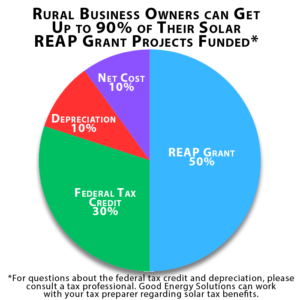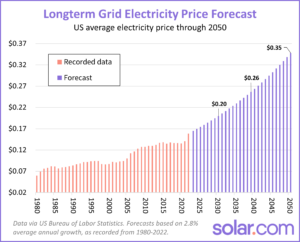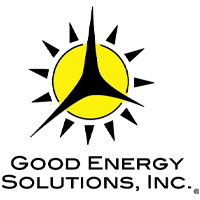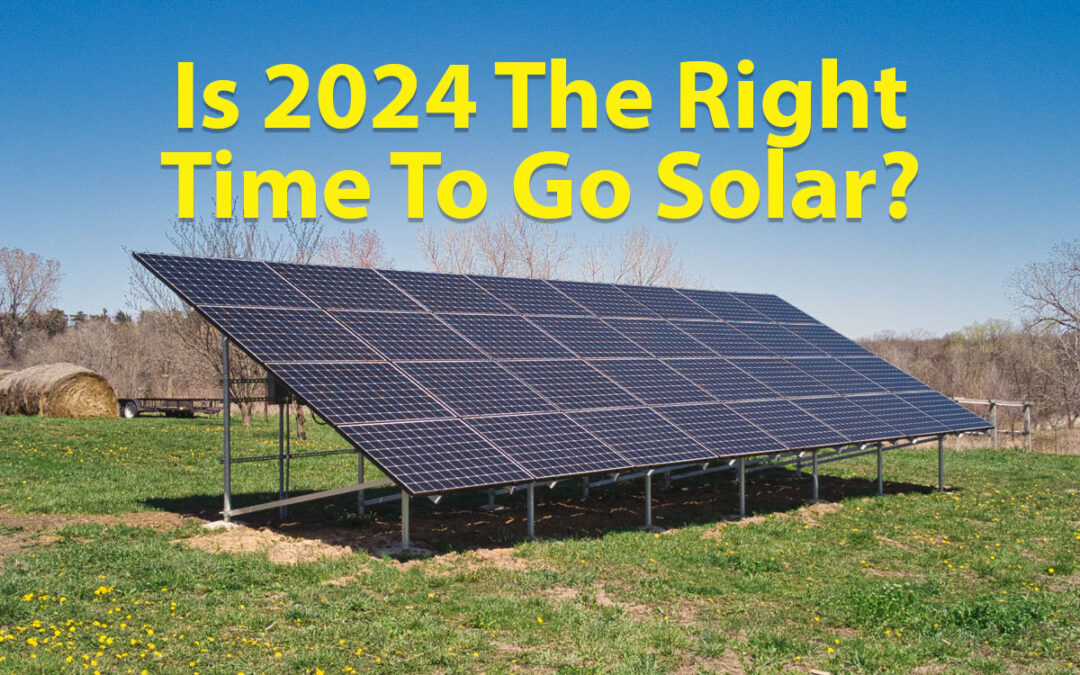The Federal Tax Credit Will Carry On
The federal government will continue to issue tax credits equal to 30% of your solar installation costs. That means a solar panel system that costs you $20,000 would be eligible for a solar tax credit of $6,000. This tax credit not only applies to solar panels, but battery storage as well.
“It’s one of the best tax credits that is widely available to all taxpayers,” says Joseph Kleczynski, CPA, a Tax Manager at Petrucelli, Piotrowski & Co. Inc. “The reduced energy bills coupled with the immediate tax credit should help homeowners with the initial cost of purchase and installation.”
Solar Panels Continue to Become More Affordable
The average cost of a rooftop solar panel system comes in around $25,000. That’s down from around $50,000 just a decade ago, thanks in part to decreasing material costs, increased solar panel efficiency and improvements in the installation processes. “You’ve really seen, across the board in the last decade, costs coming down. And that’s really enabled solar to flourish,” says Shawn Rumery, senior director of research for the Solar Energy Industries Association.
We’re also seeing more solar panel companies open up manufacturing facilities in North America, making modules easier to ship domestically and easing possible international supply chain issues in the future.
The REAP Grant Makes Solar Affordable for Rural Businesses
 For business owners in rural communities, the REAP grant makes solar extremely attractive. The Rural Energy for America Program gives businesses located in areas with populations of 50,000 residents or less access to grant money that can pay a major portion of the costs associated with installing solar panels. For many solar projects, the REAP grant can help cover a majority of the cost for rural commercial projects. Between the REAP grant, the 30% federal tax credit from the Inflation Reduction Act, depreciation and other incentives, many rural business owners could have up to 90% of the costs of their solar project covered.
For business owners in rural communities, the REAP grant makes solar extremely attractive. The Rural Energy for America Program gives businesses located in areas with populations of 50,000 residents or less access to grant money that can pay a major portion of the costs associated with installing solar panels. For many solar projects, the REAP grant can help cover a majority of the cost for rural commercial projects. Between the REAP grant, the 30% federal tax credit from the Inflation Reduction Act, depreciation and other incentives, many rural business owners could have up to 90% of the costs of their solar project covered.
We can help rural business owners with the USDA application process. There are several windows to submit your solar application to the federal government with deadlines scheduled for March 31, 2024, June 30, 2024, and September 30, 2024. You can read more about the REAP grant on our blog here.
More Extreme Weather Events Means More Reliance on Energy Storage Solutions
Climatologists expect temperatures to continue to soar around the Northern Hemisphere. Gavin Schmidt, a climatologist and director of the NASA Goddard Institute for Space Studies says, ”We continue to put greenhouse gasses into the atmosphere. Until we stop doing that, temperatures will keep on rising.”
With climate change continuing to have a profound impact on the environment, we expect to see higher temperatures in the midwest. Extreme heat can disrupt electric grid reliability, especially in summer months. As electricity demand can dramatically increase during times of extreme heat, the chances of rolling blackouts also rise. That’s where renewable energy, including solar and battery storage can help ease demand.
“It’s become increasingly clear that renewables, along with enabling technologies like energy storage, are providing a more resilient source of power through the increasingly frequent weather extremes that we see with the changing climate,” said Gregory Wetstone, CEO of the American Council on Renewable Energy, a nonprofit representing the renewable energy sector.
When homeowners and businesses can generate their own electricity and store it for use during high demand times, it takes some stress off our electrical grid during high usage times. A solar battery system would also allow you to keep your most important electrical appliances operating during a blackout. Additionally, the growing demand for resilience and grid stability is driving investments in advanced storage technologies and microgrid solutions, which are essential for ensuring uninterrupted energy supply in the face of extreme weather.
The solar storage market is not only adapting to these challenges, but also stands to benefit from the increasing need for reliable energy storage in a changing climate landscape.
Electricity Rates Continue to Rise
 With the replacement of old facilities, infrastructure and equipment, the cost for your electricity will probably rise over the next few years. “Utilities are rebuilding their grids, which is expensive,” says Mark Wolfe, executive director of the National Energy Assistance Directors’ Association. “About half the cost of electricity that a consumer buys is the wires. So just because the cost of natural gas fuel has come down doesn’t mean it’s a one-to-one relationship.”
With the replacement of old facilities, infrastructure and equipment, the cost for your electricity will probably rise over the next few years. “Utilities are rebuilding their grids, which is expensive,” says Mark Wolfe, executive director of the National Energy Assistance Directors’ Association. “About half the cost of electricity that a consumer buys is the wires. So just because the cost of natural gas fuel has come down doesn’t mean it’s a one-to-one relationship.”
As the Midwest experiences growth with large corporate projects like the new Panasonic plant in DeSoto, more electric vehicles hit the roads and utility companies rollout new renewable energy projects like solar farms and wind turbines, it’s unlikely that your electricity rates will decline in the near future.
By installing solar panels on your home or business, you remove much of your reliance on energy that is produced through from the grid. Solar can help stabilize your monthly electricity bill, so you know what to expect to pay every month, whether you pay for your solar installation out of pocket or through a loan.
Is 2024 a Good Year to Go Solar?
With rising electricity rates and a growing desire to live a more environmentally sustainable life, more homeowners each year continue to be drawn towards solar panel systems to offset monthly utility bills. The current 30% federal tax credit makes this kind of investment extremely attractive to both homeowners and businesses, especially as solar technology becomes more and more efficient.
If you need help calculating how much you can save monthly on your electricity bills or how long it would take to break even on your solar investment in 2024, our solar consultants would love to help.
 Our mission at Good Energy Solutions is to provide our customers with honest, real solutions to reduce their fossil fuel consumption and lower their long term energy costs. Our combination of hands-on experience, education, and outstanding customer service make our company the clear choice to help you achieve your energy goals.
Our mission at Good Energy Solutions is to provide our customers with honest, real solutions to reduce their fossil fuel consumption and lower their long term energy costs. Our combination of hands-on experience, education, and outstanding customer service make our company the clear choice to help you achieve your energy goals.
Founded in 2007 by Kevin and Shana Good, Good Energy Solutions has earned a reputation for our expert reliable service, long workmanship warranties, and quality commercial and residential solar installations.
We are engineers and craftsmen designing for efficiency while keeping aesthetics and longevity in mind. Because of our installation quality and customer service, Good Energy Solutions' solar panel systems feature some of the longest product and service warranties in Kansas and Missouri. Also, we have more NABCEP® Certified Solar Professionals on staff than any other company in Kansas or Missouri. To achieve this certification, PV installers must demonstrate that they possess extensive solar PV installation experience, have received advanced training, and passed the rigorous NABCEP certification exam.
If you would like to know more about solar power for your home or business, contact us here.

